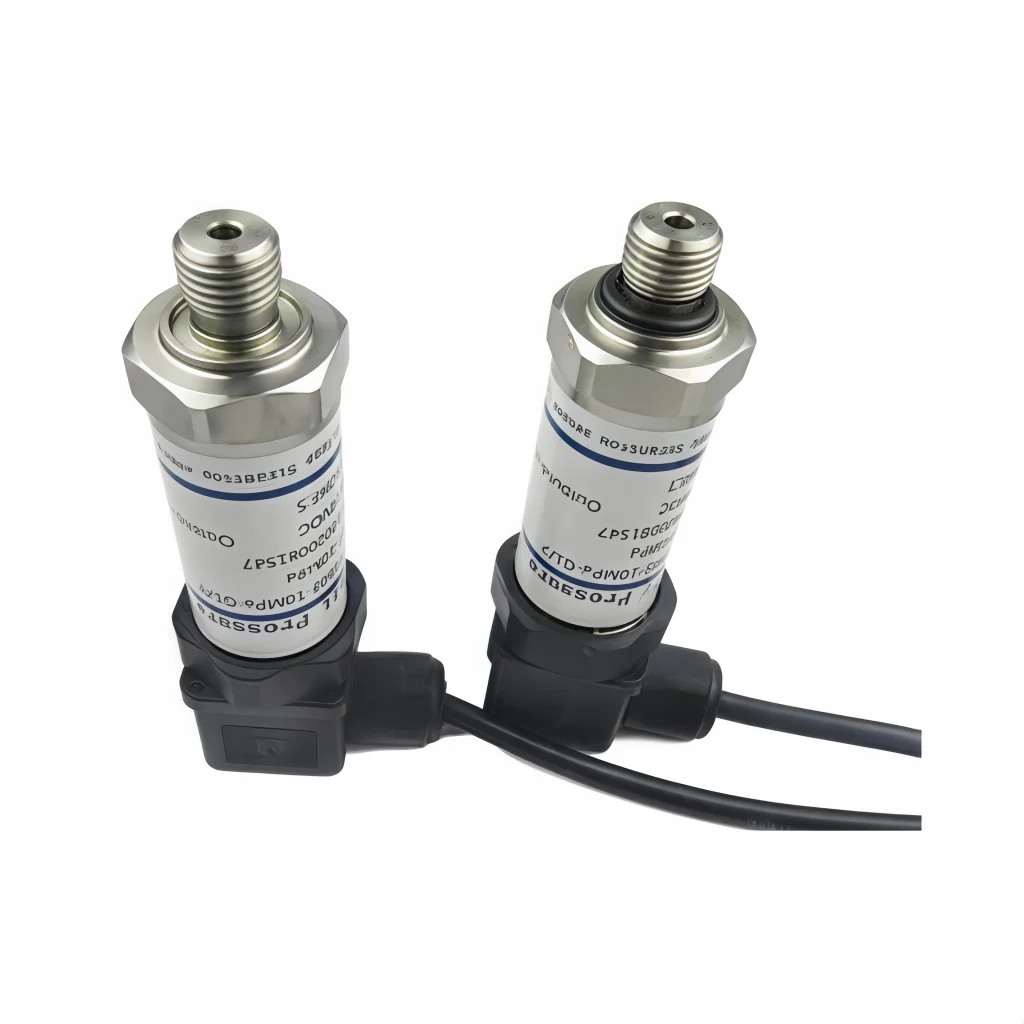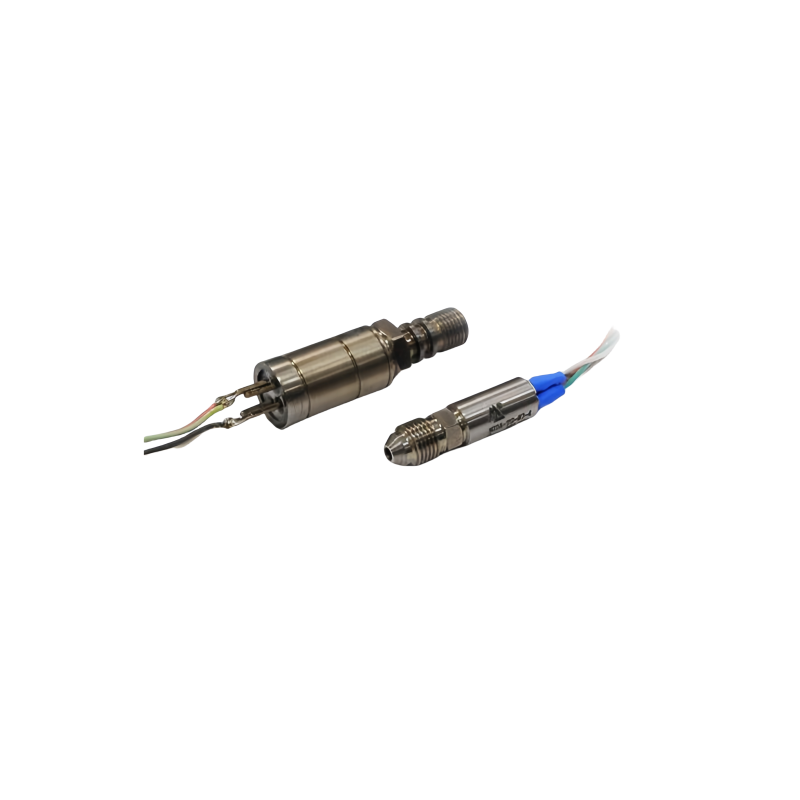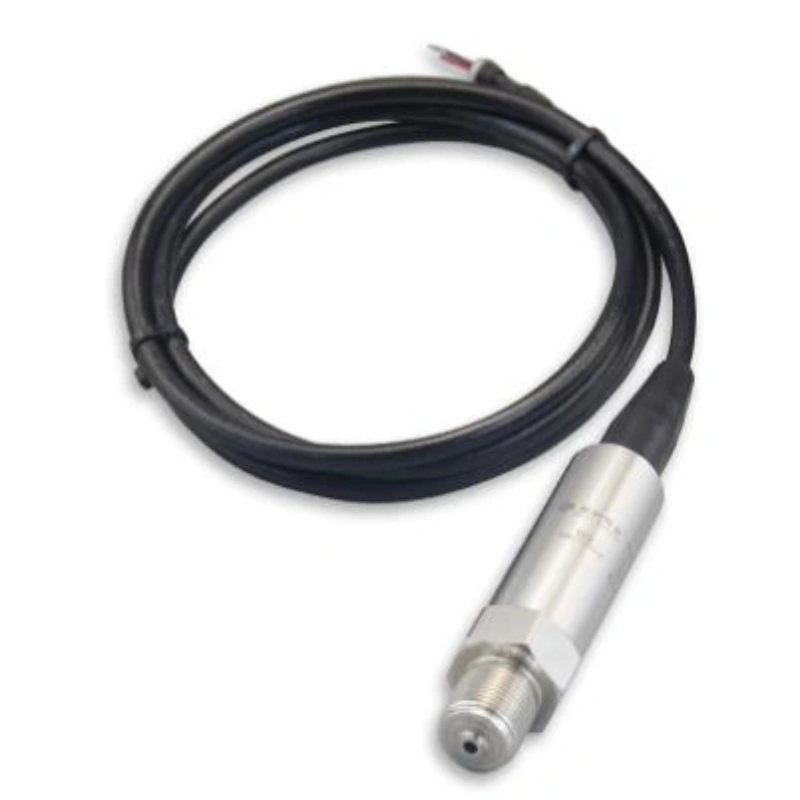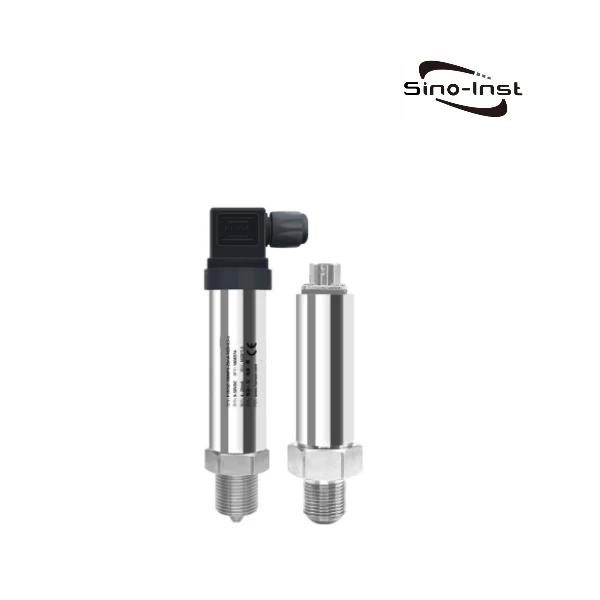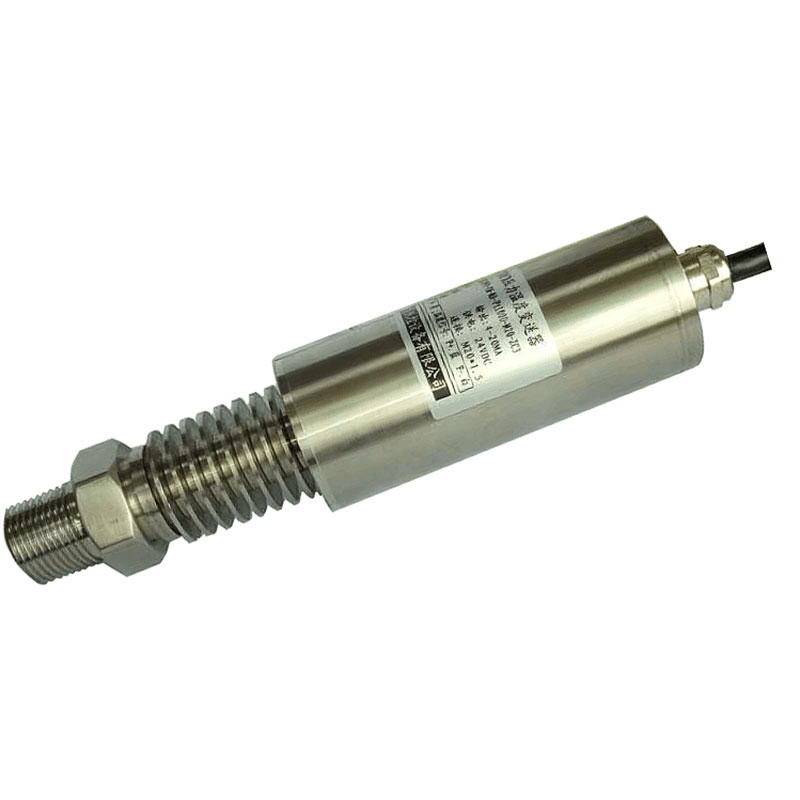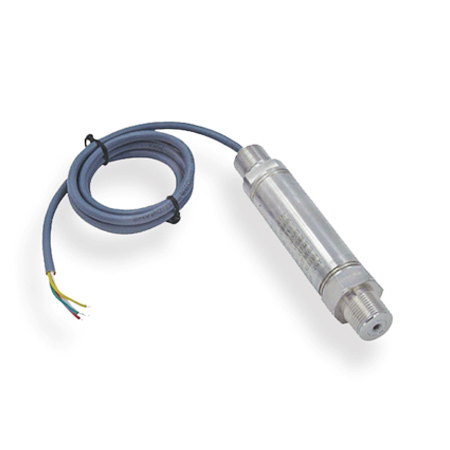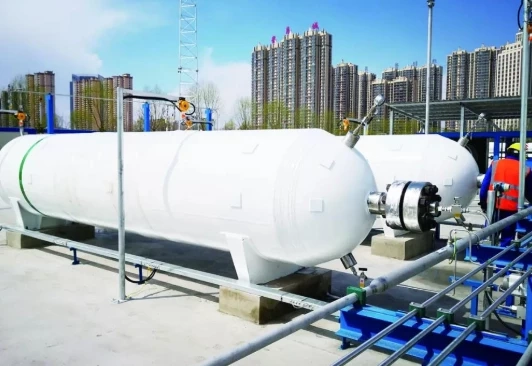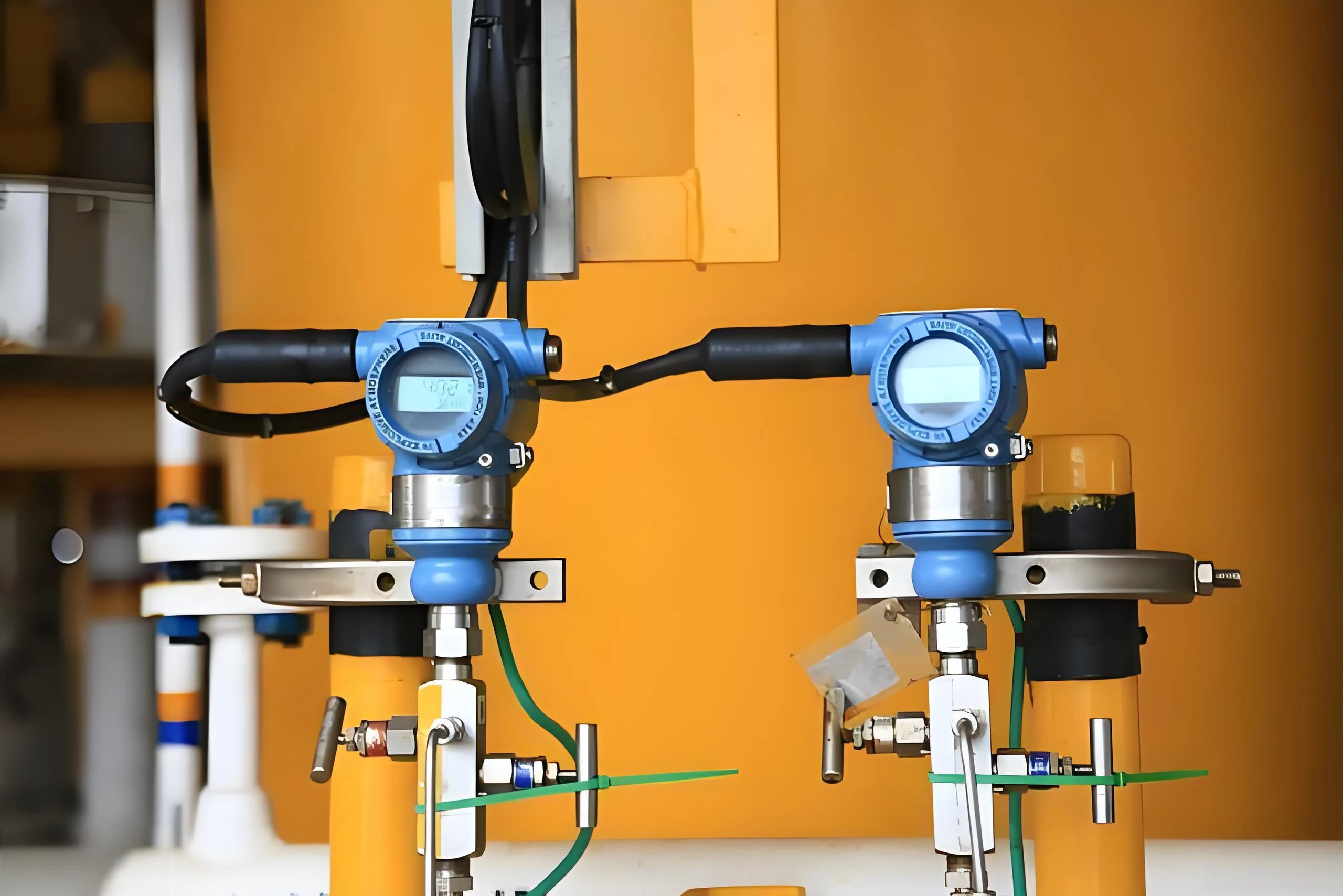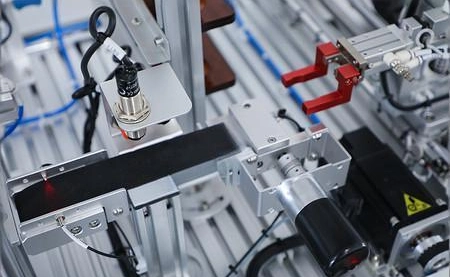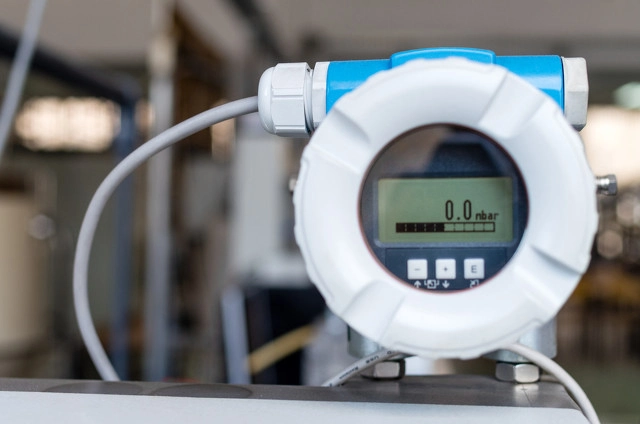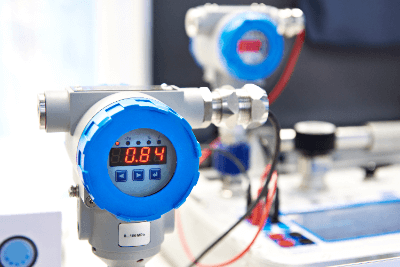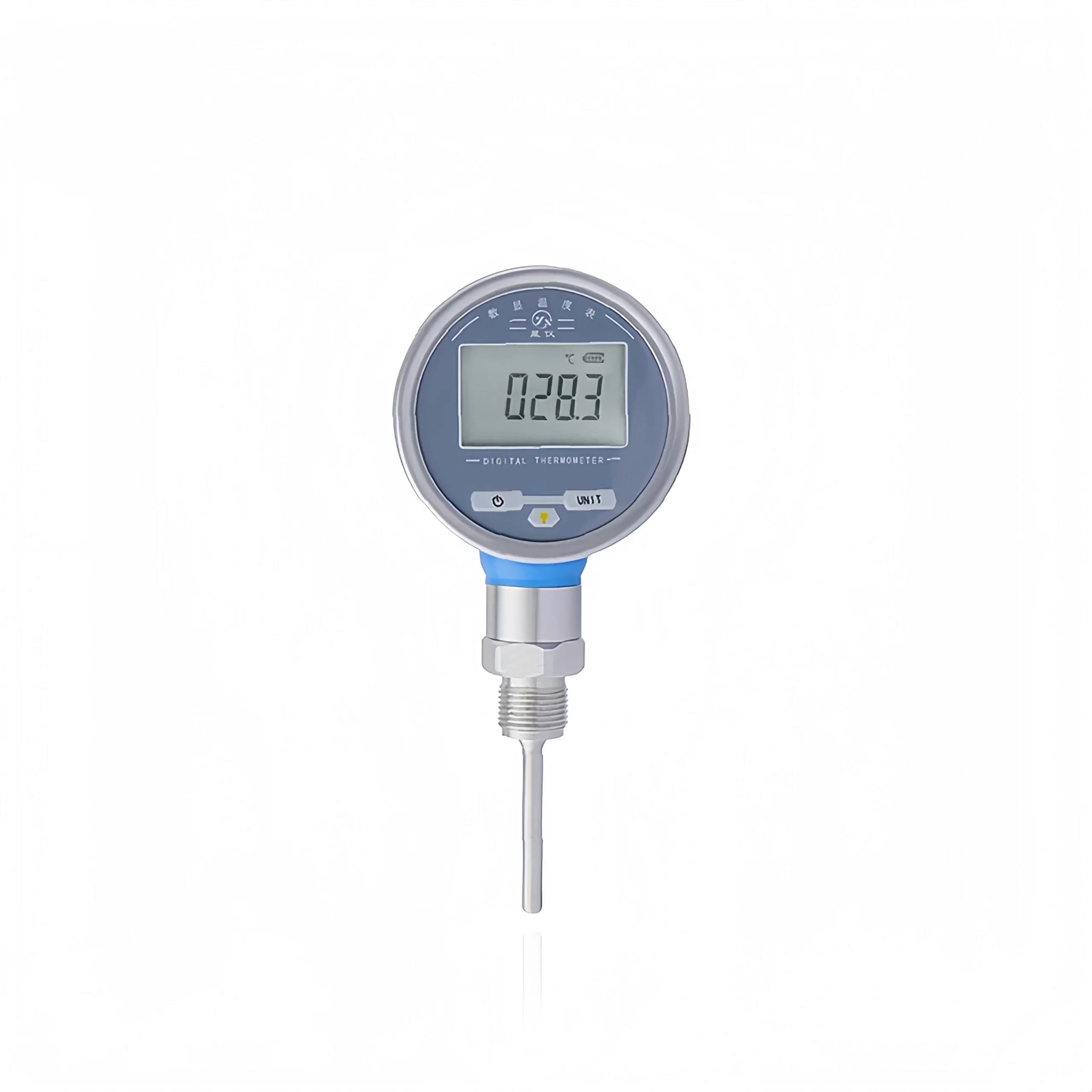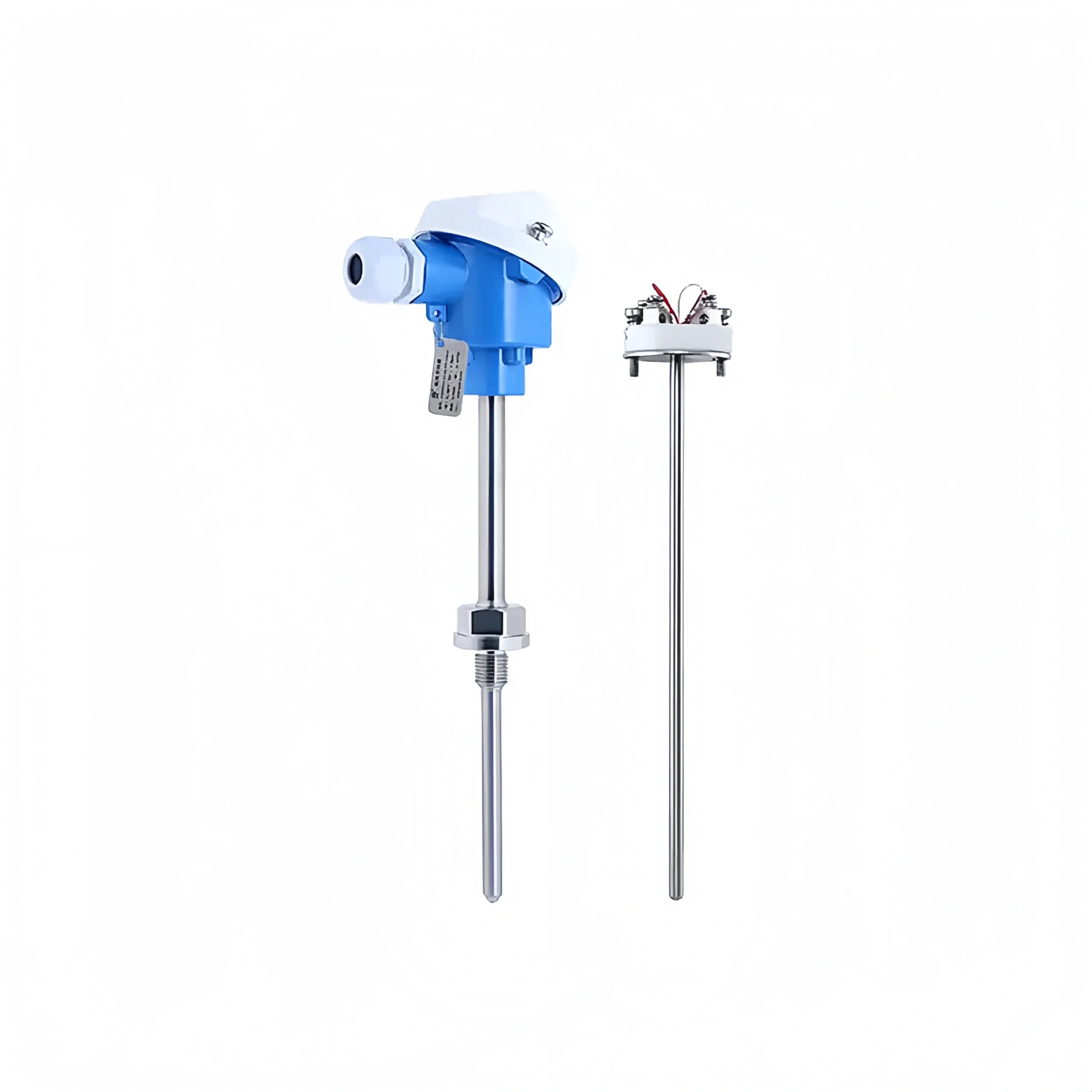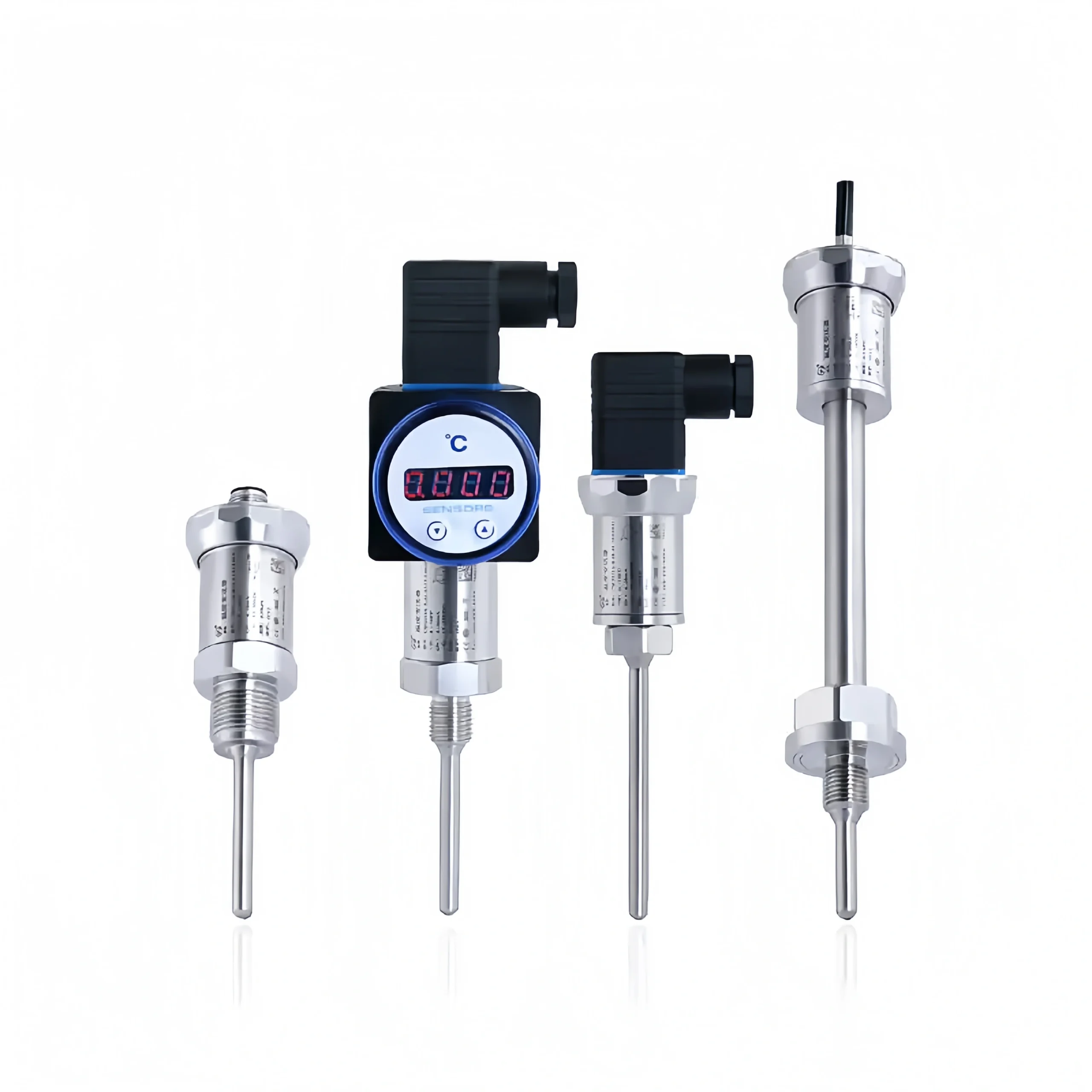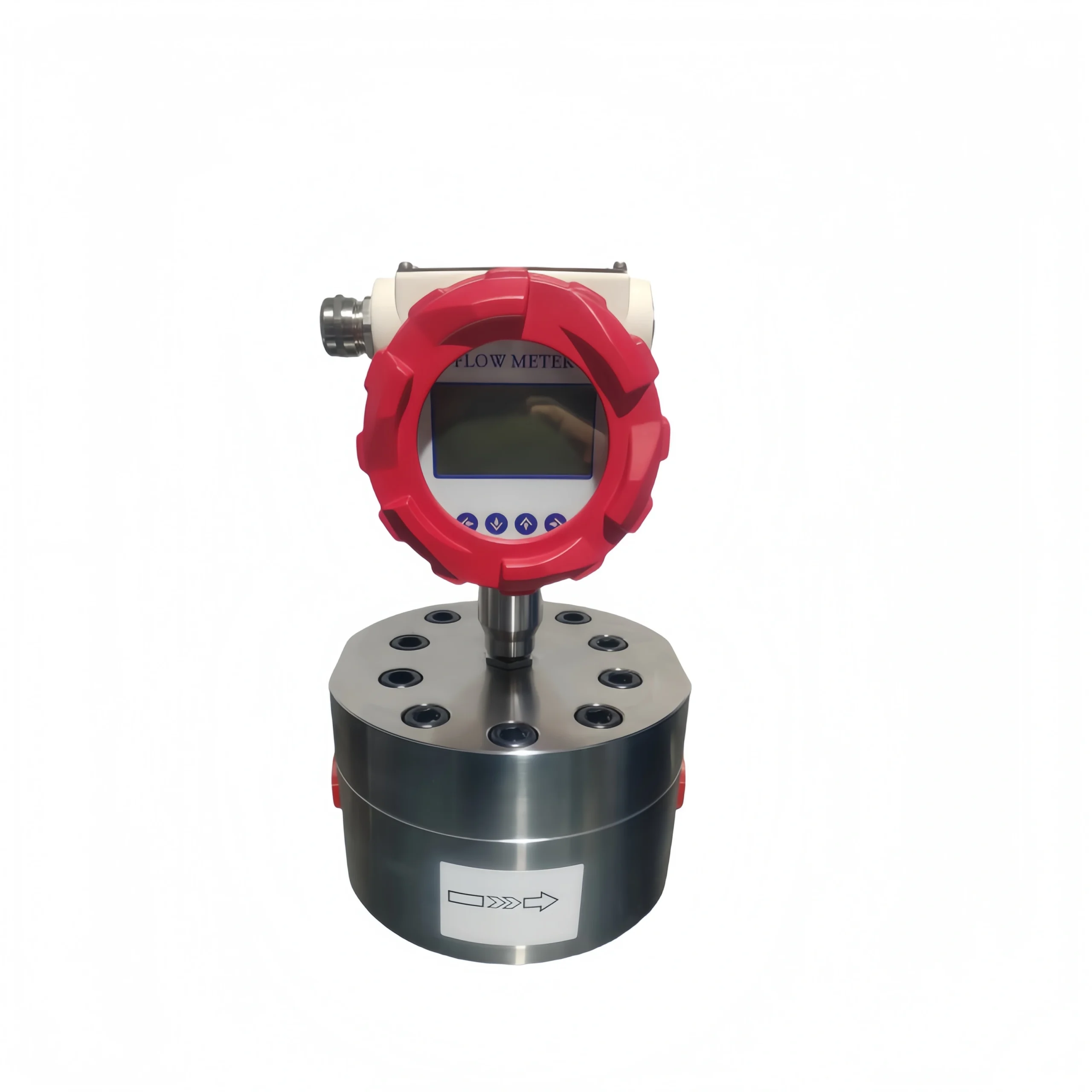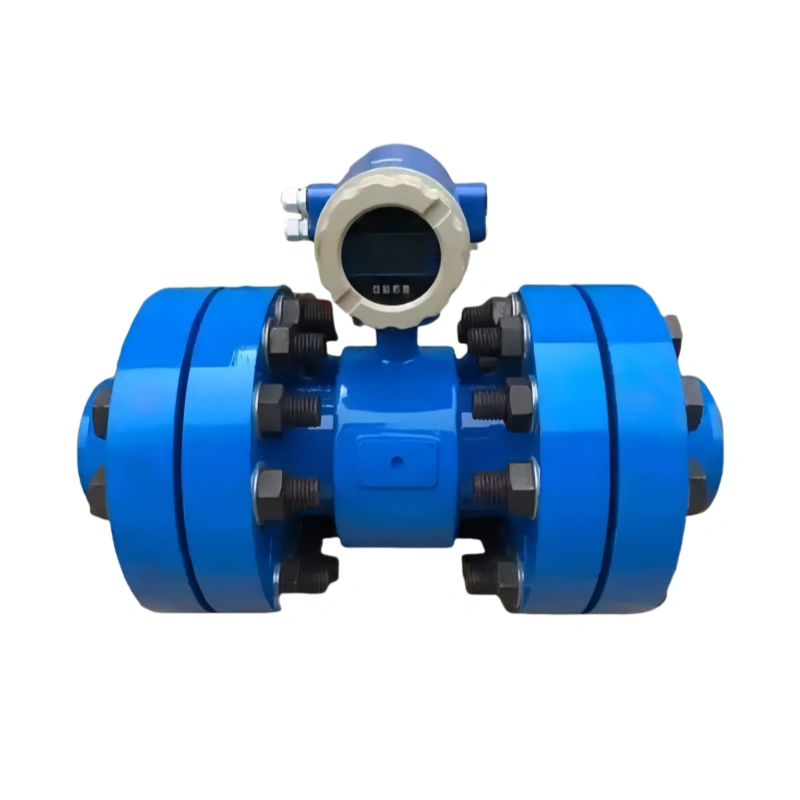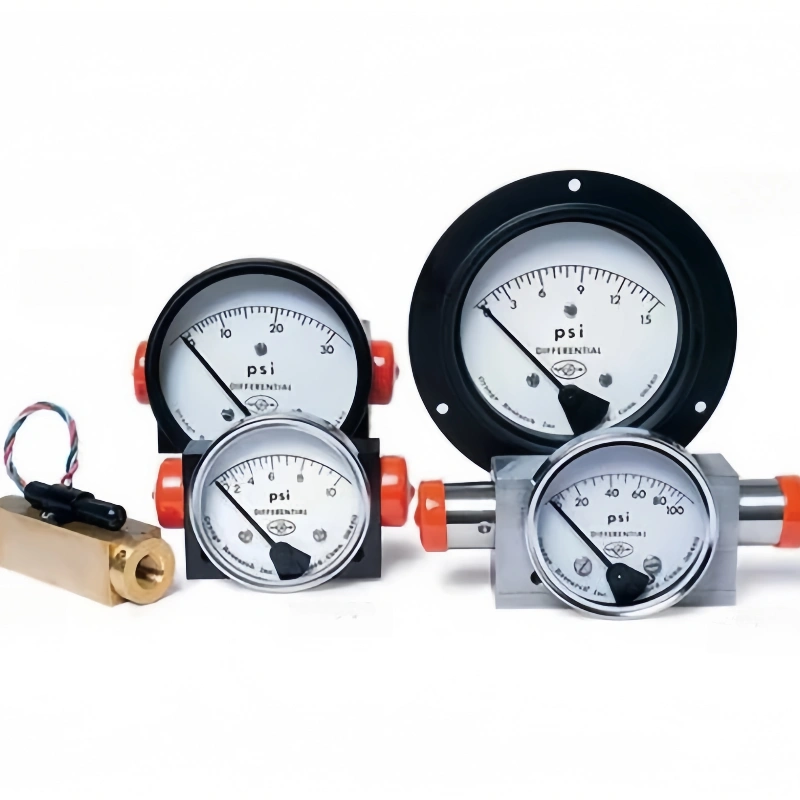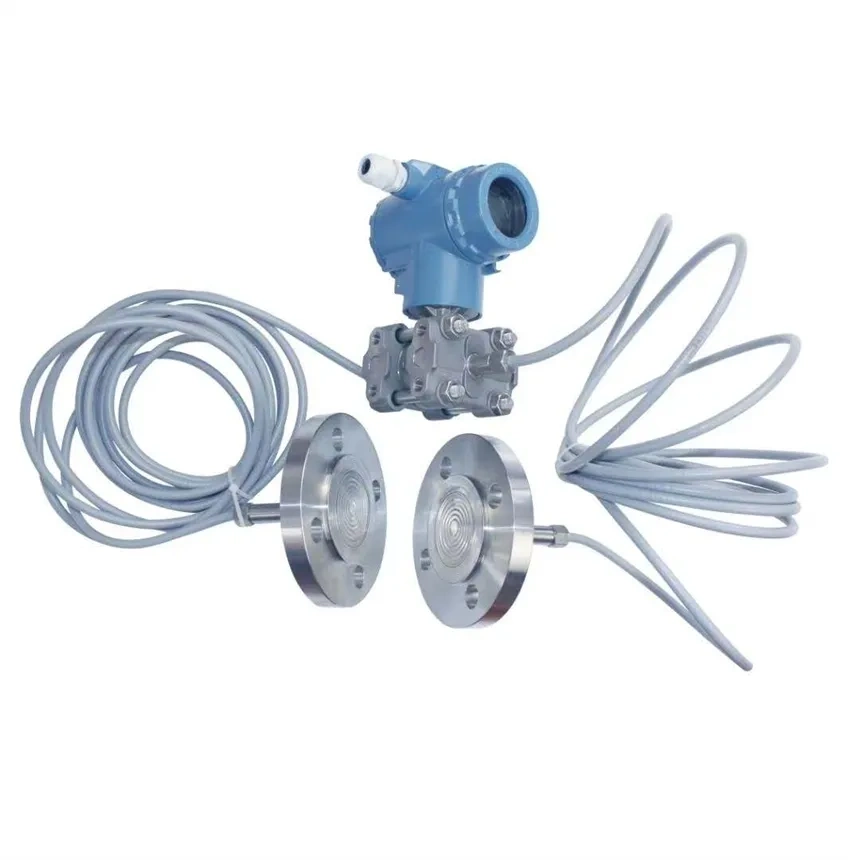Pressure switches and pressure sensors are both commonly used process pressure measurement and control instruments.
Pressure sensors continuously measure pressure, display real-time pressure, and provide a signal output.
Pressure switches detect real-time pressure and turn on or off the system when the set pressure value is reached. Realize the pressure detection, display, alarm, and output switch signal. Ensure the system operates normally.
Many users have inquired about their differences, so we use this article to introduce the differences between pressure switches and pressure sensors.
Sino-Inst Featured Product
Different Definition
What is a Pressure Sensor?
A pressure sensor is a device used to continuously measure the pressure of a liquid or gas. It usually consists of a sensing element, a signal processing circuit and an output interface. The sensing element can be piezoresistive, piezoelectric, capacitive, etc. It is used to convert pressure into an electrical signal.
What is a Pressure Switch?
A pressure switch is a device used to control the pressure of a liquid or gas. It usually consists of an adjustable mechanical spring and an electrical switch. When the pressure of the measured medium exceeds or falls below a set threshold, the pressure switch triggers the switch action, thus realizing the control of pressure.
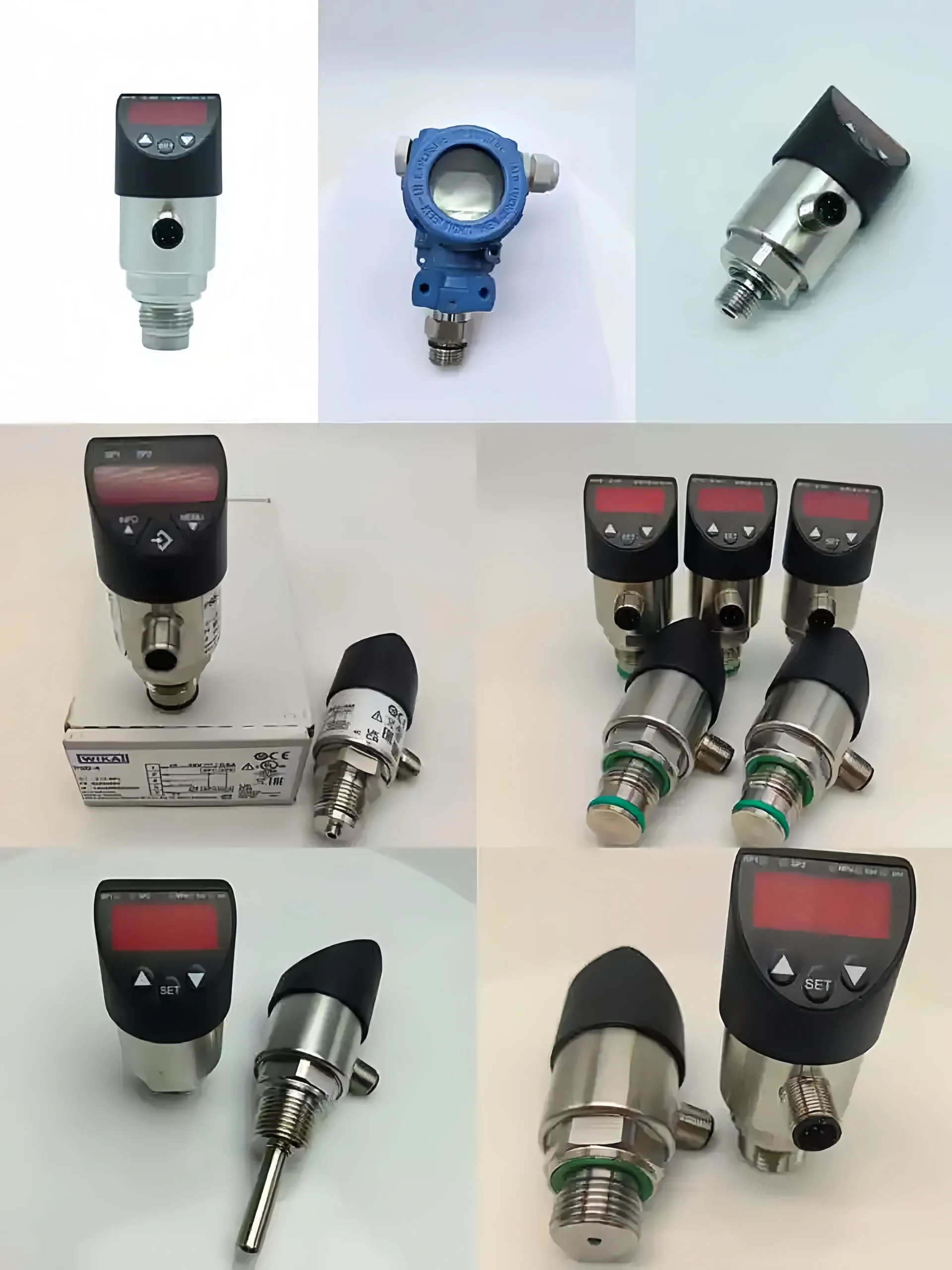
Different Working Principle
How does a Pressure Sensor Work?
Pressure sensors are composed of a pressure-sensitive element and a conversion circuit, and utilize the pressure of the measured medium to generate a small change in current or voltage output on the pressure-sensitive element.
The sensor needs to be used in conjunction with an external amplifier circuit to complete the process from pressure detection to control and display. As the pressure sensor is a primary component, the pressure sensor feedback signals need to be processed through the measurement and control system, analysis, storage, and control, so that industrial automation equipment and engineering operation and control, more intelligent.
Pressure sensor output is voltage, current, an analog signal, or a communication protocol.
Read More about: 7 Types of Pressure Sensors: Different Types, Working Principles, and Definitions
How does a Pressure Switch Work?
A pressure switch is a device that triggers a switch action at a specific set pressure. Pressure switches provide a discrete switching output rather than a continuous pressure reading. The pressure switch output is simply a switched digital signal.
There are two main types of pressure switches, mechanical and electronic.
The mechanical pressure switch switching principle is:
When the measured pressure exceeds the rated value, the free end of the elastic element produces displacement, directly or after comparison to promote the switching element, changing the switching element on and off states, to achieve the purpose of controlling the measured pressure.
Generally, use an “electric contact pressure gauge”, which is an ordinary tube spring pressure gauge, plus two sets of electric contacts. It can be connected to a fairly high and low pressure of the electric contact, so that the pressure control is in the upper and lower limits. This type of electrical contact has a small capacity and can only switch the control coil of the contactor, and the control position on the pressure switch can be adjusted. Its main function is to perform simple control functions by switching the circuit on or off when a predetermined pressure threshold is reached.
Mechanical pressure switches Features:
- Inexpensive
- Simple to use
- Lower accuracy
- Short service life
- Troublesome to set control points
- Inconvenient to set.
The principle of the electronic pressure switch:
A pointer pressure sensor is used to measure the medium pressure, and then the measured pressure is converted into a digital signal to the programmable logic device PLC control of the upper and lower pressure limits. When the pressure reaches the preset pressure output voltage to drive the motor or other controllable devices.
Features of electronic pressure switches:
- With temperature compensation
- Can be used in a variety of applications
- A variety of installation methods
- High cost
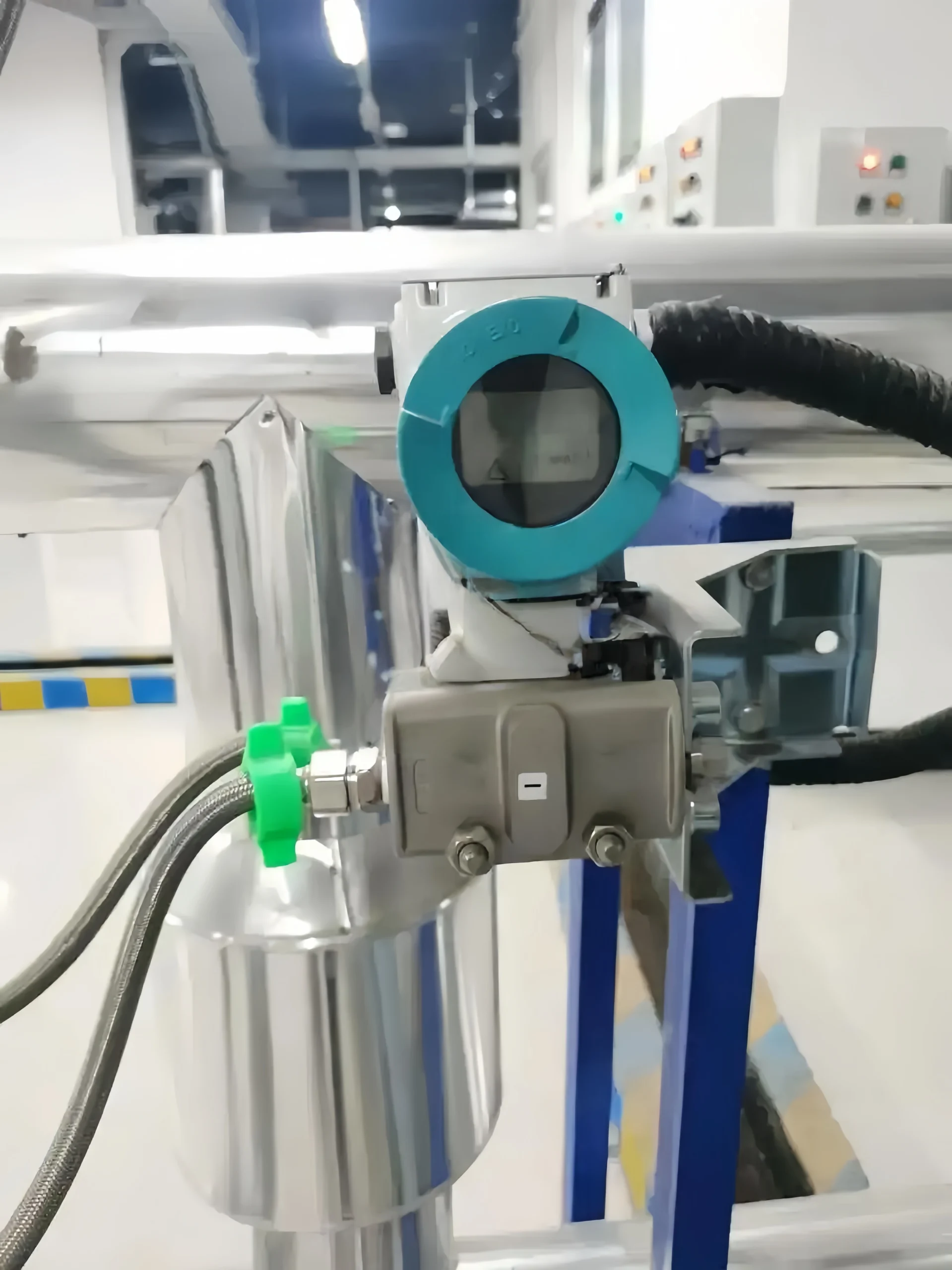
Different Application
Since pressure switches output binary signals, they are suitable for controlling and protecting some simple equipment or systems. Pressure sensors, on the other hand, are used in high-precision control systems that require continuous pressure monitoring and regulation. For example, pressure sensors are used in automotive electronic control systems, hydraulic control systems, etc. to ensure system stability.
What does a Pressure Sensor do?
Pressure sensors are the most commonly used type of sensor, which is widely used in various industrial automation environments, involving water conservancy and hydropower, railroad and transportation, intelligent buildings, production automation, aerospace, military, petrochemical, oil wells, electric power, ships, machine tools, pipelines, and many other industries.
For example:
A pressure sensor can be used in liquid nitrogen storage tanks to monitor the pressure of cryogenic media.
In the petrochemical industry, pressure sensors are used to monitor the pressure of pipelines and vessels to prevent explosions and leakage accidents.
In intake manifolds in engines, pressure sensors are used to measure intake pressure, optimize fuel injection and ignition timing, and improve engine efficiency and emission performance.
In the automated control of processes for weighing, pressure sensors not only sense gravity signals.
Water supply and wastewater treatment processes rely on the use of pressure sensors to provide an important means of monitoring for system protection and quality assurance. Water treatment mainly includes water level monitoring of rivers and water conservancy dams, sewage treatment and drinking water treatment, constant pressure water supply systems and other aspects.
What does a Pressure Switch do?
Pressure switches are widely used in various automation control systems.
In industrial production, it ensures the safe operation of equipment within the set pressure range and prevents damage caused by over or under pressure. Pressure switches play a role in liquid and gas water supply systems by controlling equipment start/stop or making adjustments accordingly to protect the safe operation of the equipment.
In an air conditioning and refrigeration system, it can control the compressor to ensure the balance of cooling and pressure in the system.
In hydraulic and pneumatic systems, it can accurately control the pressure to realize the action and function of the name.
In water treatment, it can automatically control the pump starting and stopping according to the change of the water pressure to ensure the stability of the water supply.
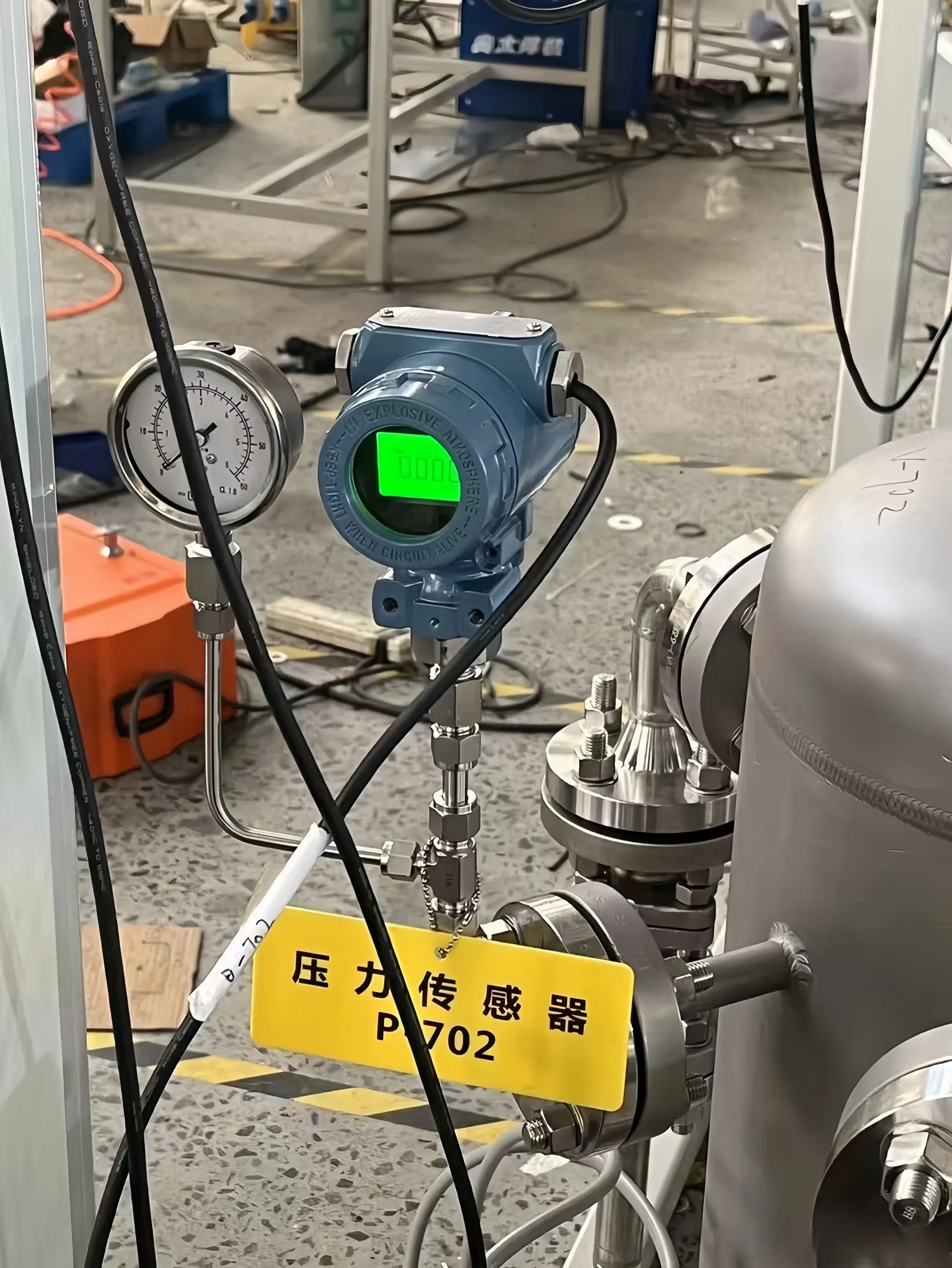
Choose a Pressure Sensor or a Pressure Switch
Pressure switches and pressure sensors both essentially measure the pressure of various media. But choosing a pressure switch or a pressure sensor can be difficult.
If you simply need to control pressure and do not require a high degree of accuracy, I suggest you choose a pressure switch. If you need to monitor and record pressure data over a long period and require a high degree of accuracy, I recommend a pressure sensor.
Pressure switches cost less than pressure sensors. You need to determine which pressure measurement device is the most suitable for you based on various parameters such as your working conditions, measurement medium, accuracy requirements and budget,etc.
Sino-Inst has been deeply involved in pressure measurement for more than two decades, and our proven experience can provide you with the perfect measurement solution. If you are in a dilemma of choosing a pressure sensor or a pressure switch, please contact us. We are always available online and can provide you with professional measuring instruments free of charge.
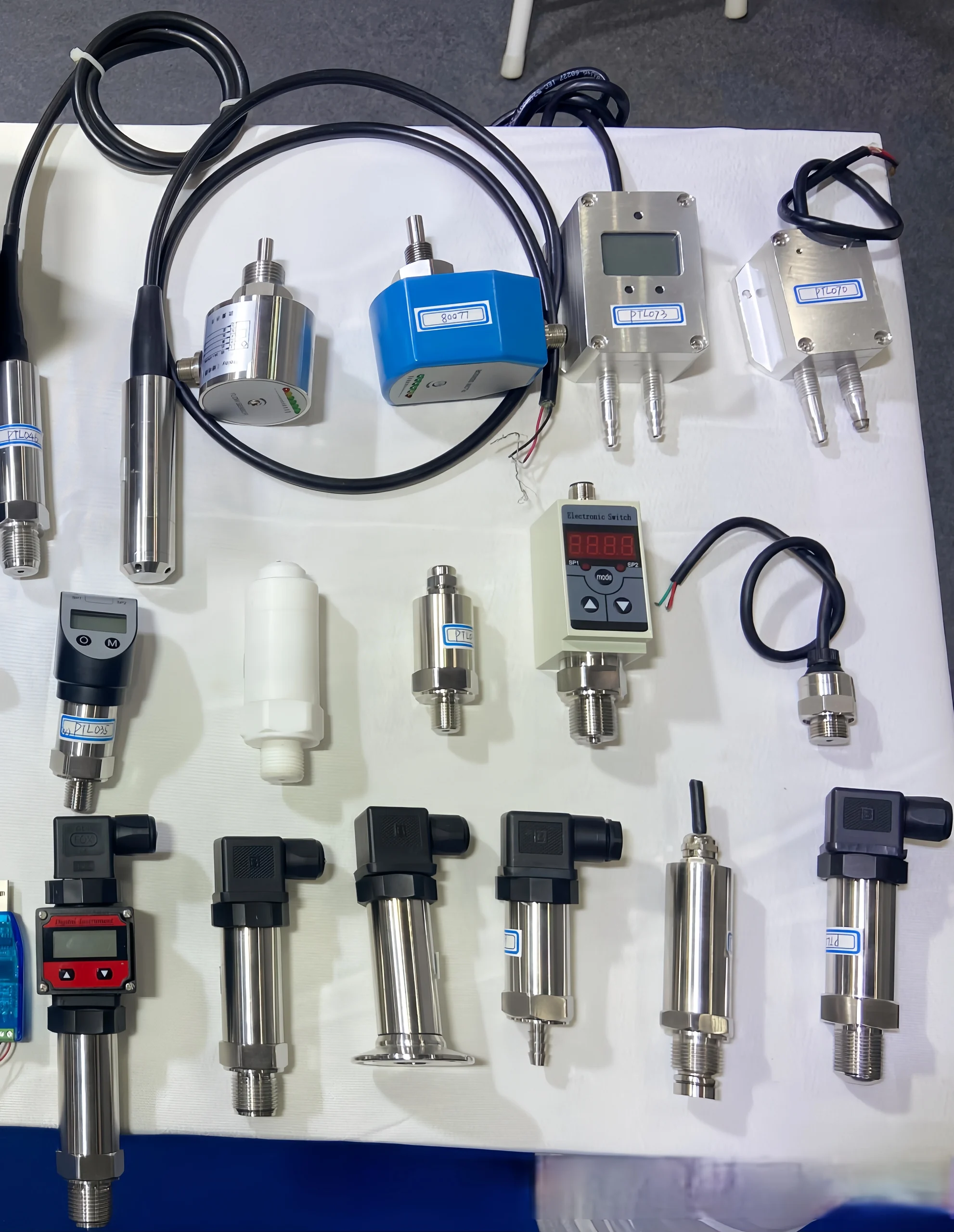
What are two types of pressure switches?
Electronic pressure switches and mechanical pressure switches.
Please refer to the above introduction for more details.
What happens if a pressure switch goes bad?
Sino-Inst has organized the common failure phenomena, failure causes and treatment methods of pressure switches based on the actual situation of pressure switches applied in the field for instrumentation workers to refer to and learn from.
| Pressure switch malfunction | Causes of Pressure Switch Failure | Pressure switch troubleshooting |
No output signal from the pressure switch | Damaged microswitch | Replace the microswitch |
| The switch pressure value is set too high | Adjust to the appropriate setting value | |
| Wires connected to the microswitch are not properly connected | Reconnect to make reliable contact | |
| Poor assembly of pressure pressure-sensing element with jamming | Reassemble for sensitive operation | |
Poor sensitivity of the pressure switch | Excessive friction in the transmission mechanism such as the top lever or plunger | Reassemble for sensitive operation |
| The microswitch contact stroke is too long | Adjust the travel of the microswitch | |
| Improperly adjusted adjustment of the adjusting screw, top lever, etc. | Adjust the position of the screws and the top bar | |
| Uneven mounting and tilted mounting | Change to vertical or horizontal mounting | |
The pressure switch sends a signal too fast | The inlet damping hole is too large | Change the damping hole to a smaller size or add a damper to the measuring line |
| Shattered isolation diaphragm | Replace the isolation diaphragm | |
| Too large a fluctuation or shock in the system pressure | Add a damper to the measuring line |
What is the lifespan of a pressure sensor?
The lifespan of a pressure sensor is affected by a variety of factors and there is no fixed uniform standard. Generally speaking, the lifespan of a pressure sensor is 3-5 years. In harsh environments, such as high temperatures, high pressures, corrosive environments, etc., the lifespan may be shortened.
Under more ideal conditions of use, the life expectancy can be 5 to 10 years, or even more than 10 years. These sensors are usually designed for indoor environments and are less affected by temperature and humidity. However, the accuracy may deteriorate after long-term use, and periodic calibration is required.
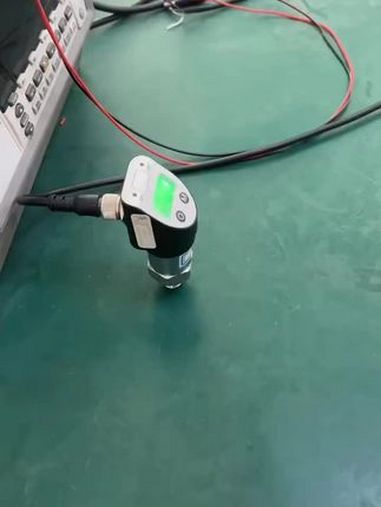
In conclusion, I believe that after you read this post, you will have a certain understanding of their differences. Therefore, you can choose the right pressure sensor or pressure switch for you according to your actual needs.
Sino-Inst supplies many types of pressure switches and pressure sensors, and there must be one that can meet your needs. If you need to purchase pressure switches and pressure sensors, please feel free to contact us. Our many years of experience in pressure measurement are sure to help you with your measurement process.

